By Leah S. Dunaief

Help. I have a strange problem and to this point can’t find the solution. The man who nicely takes care of our pool said that he removed 600 dead frogs last week. That’s more than the previous week, which yielded more than the week before. The problem is worsening as I write. My neighbor’s pool, according to his estimation, had 2,000 dead frogs, and so on at other houses in the area. I suppose there is some comfort in knowing that others are having the same intrusion, but actually not much. Even as I respect and enjoy nature, I would like to have the pool water for my family and not share it with dead amphibians.
The pool guy suggested I call an exterminator, which I did. I happen to know a competent one, who confessed to me after hearing my story that in his 35 years of being in business, he had never heard of such a predicament. “Call a pool guy,” he suggested. So we are right back to square one. He did kindly offer to call an expert entomologist he knew. I was grateful for the suggestion but I haven’t heard anything back from him as of this writing.
I tried to think of someone else who might have dealt with this situation before and finally came up with the answer man (and woman) for any questions concerning our house: the good folks at the local hardware store. Ben at Ace Hardware tried hard to think of a method for dealing with hundreds of frogs and after much thought, gave me a mesh screen to tie to the side of the pool and hang into the water. The theory goes like this. The frogs are dying because they can’t get out. Maybe they hatched in the pool, maybe they just jumped in because it has been so hot. Either way, the smooth sides don’t permit them to escape. So if we give them a way to exit, they will leave. At least, that’s the hope. We’ll try that. I like it because it’s nontoxic.
My son and daughter-in-law looked for a clue to this unprecedented dilemma on Google. They came up with a couple of answers that we will also try. One is to spray the bricks around the pool with white vinegar. Apparently, frogs don’t like vinegar on their feet. Or maybe they don’t like the smell. In any event, we have a gallon of white vinegar and a spray bottle, and we’re going to give it a go. Google also suggested giving the frogs a way out. It even suggested a froggy ladder, which they happened to sell, and we then dutifully bought. Worth a try.
Other suggestions, with our responses:
Turn off the pool lights. Lights attract insects, which in turn attract frogs, who eat the insects.
We don’t use pool lights. We like the insect-eating part though.
Cover the pool.
We want to use it.
Install fence.
We have a fence with posts widely enough spaced for a squadron of frogs to march through. We could, however, put wooden boards or chicken wire at the base to keep them from hopping in.
Keep lawn mowed and free of weeds and debris.
Already do that. Neighbors will bear witness.
Make own DIY frog repellent.
If vinegar doesn’t work, will try a heavy concentration of saltwater. Or a mixture of bleach and water. Maybe all three.
Sprinkle coffee grounds around the pool. Acid in the coffee can also irritate their feet.
Yuk.
Keep pool water circulating. Frogs don’t like to lay eggs in moving water.
We could do that by keeping the filter going all day and night. It’s an expensive solution, however, because it would require a lot of electricity.
Keep the pool heated.
Ditto.
Keep pool sparkling clean.
We try.
When I was a kid, I dreamt of having a swimming pool. The frogs were not in my dream. It could be worse though. Australia is presently undergoing a plague of mice.
Any help for us?

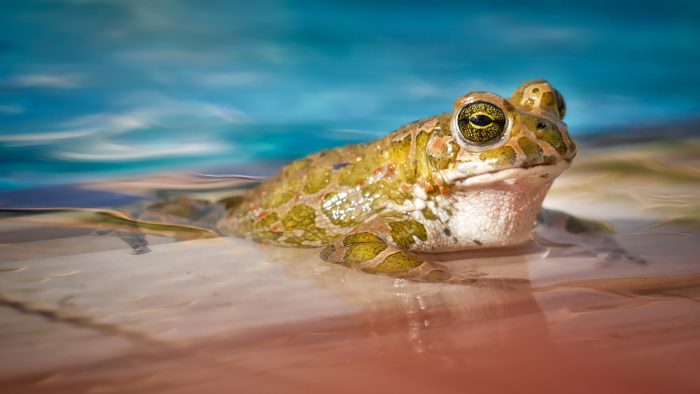


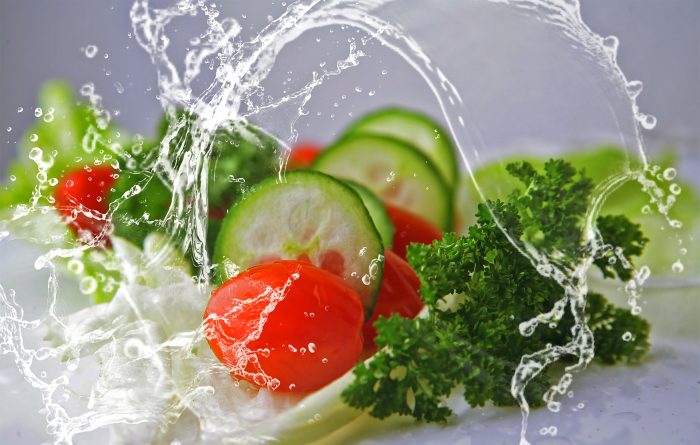
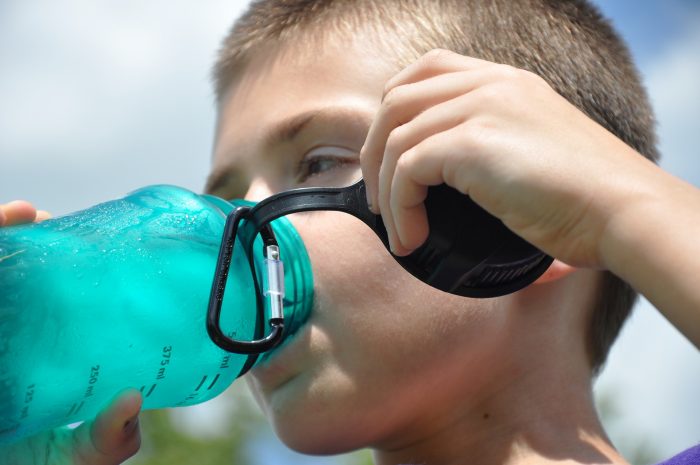

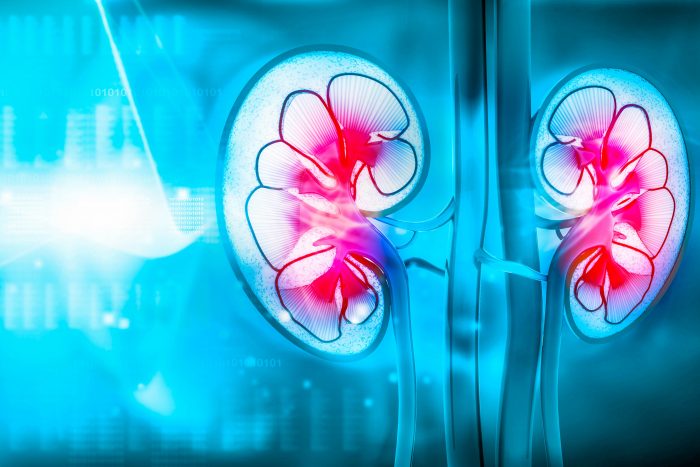


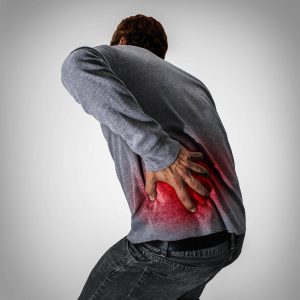
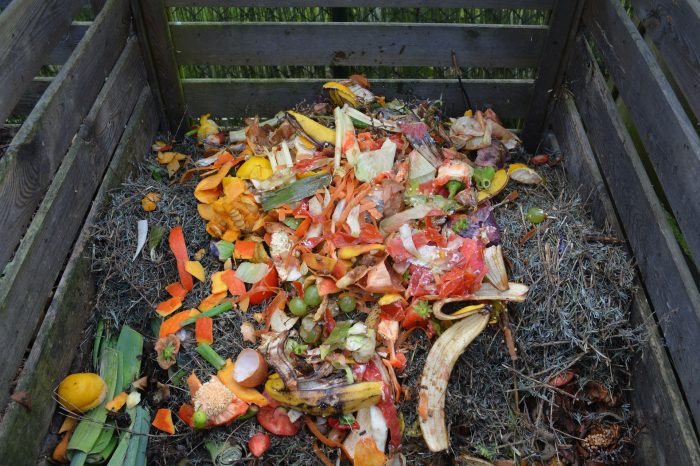






 Two Three Village residents, educators at the top of their profession — Jacqueline Grennon Brooks, professor emerita of Teaching, Learning and Technology, Hofstra University, and her spouse Martin Brooks, executive director of Tri-State Consortium, an association of over 40 school districts in New York, New Jersey and Connecticut — agree that the key to whether or not learning takes place is not how information is delivered but if knowledge is constructed. Whether it is a teacher or a book or a computer that provides a formal lesson, the students must connect the lesson to what they already know or have experienced for true learning to occur.
Two Three Village residents, educators at the top of their profession — Jacqueline Grennon Brooks, professor emerita of Teaching, Learning and Technology, Hofstra University, and her spouse Martin Brooks, executive director of Tri-State Consortium, an association of over 40 school districts in New York, New Jersey and Connecticut — agree that the key to whether or not learning takes place is not how information is delivered but if knowledge is constructed. Whether it is a teacher or a book or a computer that provides a formal lesson, the students must connect the lesson to what they already know or have experienced for true learning to occur.


